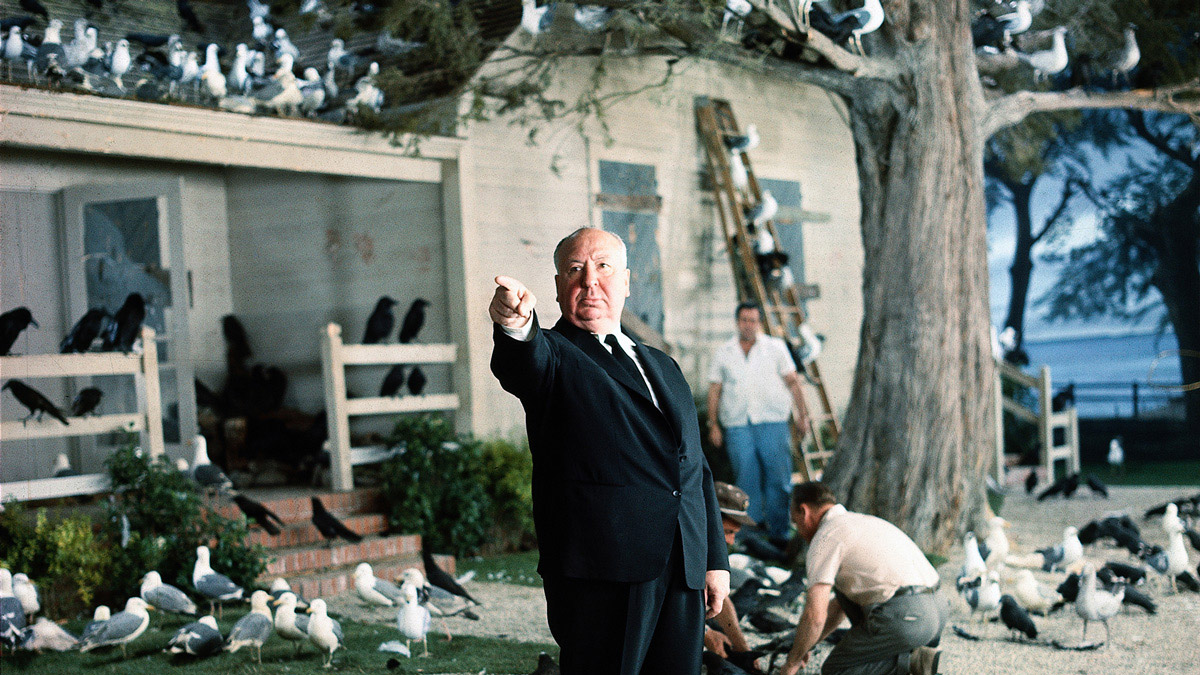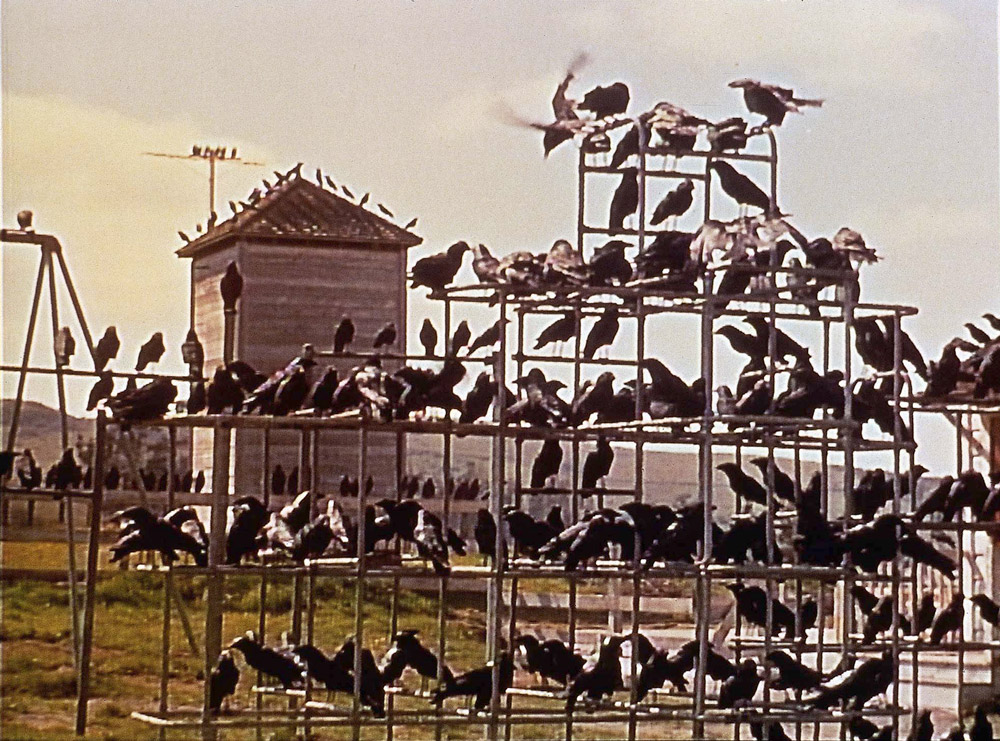
(C) 1963 Alfred J. Hitchcock Productions, Inc. All Rights Reserved.
3 reasons why Hitchcock's "The Birds" shines in film history *Spoiler alert
2019.07.04
The Birds attack. Disney's compositing technology used for special effects
So, how were the attacking The Birds drawn? This is the second key. In fact, during filming, there were many scenes in which real, trained The Birds or fake birds were used. But even more than that, cutting-edge synthesis technology accounted for the bulk of the results.
According to what I hear, the mainstream method of compositing in the 1960s was to use a blue screen, and when using this method, the edges of the composited parts inevitably have an unnatural appearance, as if they were tinged with blue light. The Birds depicted in this work are small in size, agile in their movements, and sometimes fly in large numbers all at once, so it was clear that applying this technique as is would amplify the sense of discomfort. Hitchcock and his team continued to experiment with trial and error to find the best method.

"The Birds" (C) 1963 Alfred J. Hitchcock Productions, Inc. All Rights Reserved.
Then, he was convinced that ``this could work!'' was a process developed by Disney Studios called the Sodium Vapor Process. This requires a yellow sodium light and a light signal distributor. By using these to take pictures, it is possible to suppress the generation of conventional blue light, making it possible to create compositions that are less unnatural than conventional methods (*3).
Although this film was produced by Universal, film history shows that there was cooperation across studio boundaries, with Disney's legendary special effects engineer Ub Iwerks (1901-71) credited as a special advisor. It is also important. By the way, Disney released `` Mary Poppins '' (1964) the year after ``The Birds,'' and of course Iwerks played a major role in this as well.
*3 From the “The Birds” DVD documentary
No music! ? Amazing sound effects produced by electronic musical instruments

